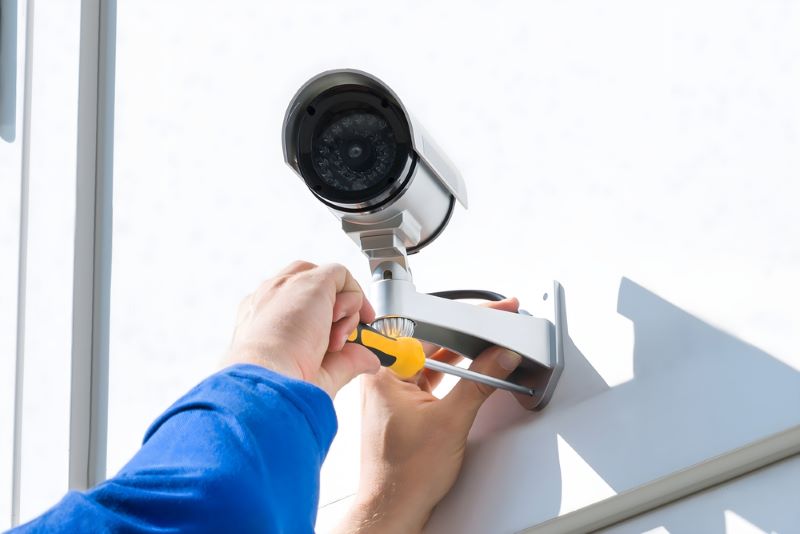Click here to get this post in PDF
As a small business owner, it’s important to take all necessary precautions to keep your assets safe. Theft can take many forms, from stolen equipment to data breaches, all of which can put your bottom line at risk. Whatever type of theft your business may encounter, it can be devastating to your bottom line and your reputation. We’ll share a few best practices for protecting your small business from theft.
Always Monitor Employee Activity
Your employees are valuable to your business, but keep in mind that they could steal from you. Criminal actors can easily take advantage if you aren’t careful with your physical or digital assets. To prevent theft from within your business, it’s important to closely monitor employee activity by performing regular security checks, limiting access to sensitive information, and monitoring employee behavior. Also, conduct background checks on all new hires, particularly those you plan to put in positions of trust.
Use Security Cameras
Security cameras can be effective theft deterrents. They can help you monitor employee activity and keep an eye on your visitors. Consider installing cameras in outdoor areas of your business, such as parking lots or loading docks. Security cameras will also help you avoid costly repairs due to vandalism and protect yourself from potential liabilities.
Implement Access Control
Controlling entry to your business is another important aspect of theft prevention. Access control systems can limit who can enter your business and provide valuable data on who has accessed certain areas. Establishing a few key access control features will help you monitor physical and digital security. This can be particularly useful in the event of theft, as you’ll be able to identify who was in the area at the time of the incident.
Secure Your Data
Data theft is a major concern for businesses of all sizes, making it especially important to implement strong security practices for your data. They can take many forms, so you should always use up-to-date processes. They may include using secure passwords, encrypting sensitive data, and limiting access to important files. You may also work with a cybersecurity company to manage and monitor your network security.
Insure Your Business
Even with the best security practices in place, there is always a chance that theft or other damage could occur. To protect your business in the event of theft, it’s important to have adequate insurance coverage. Insurance will help you retain your losses if an incident occurs, offering financial security. Coverage plans can include property insurance, liability coverage, and cyber insurance.
Take a Strategic Approach to Physical and Digital Security
Security isn’t something you should take lightly, especially when dealing with your bottom line. Risks like cyber threats and physical security breaches can bring production to a halt and put people in danger. As a small business owner, you should utilize these best practices forprotecting your company from theft and other security risks. By implementing these tips, you can reduce the risks to your business and keep employees and clients safe.
You may also like: Guardian on the Go: Enhancing Security with Innovative Guard Apps
Image source: Depositphotos.com

